
Beauty of Fashion Supply Chain
This article covers Textile Apparel Supply Chain Logistics Model.
When I say ‘Fashion’, the context is ‘the overall Textile and Apparel Industry of India and not just the retailing portion of it’. To better explain the Textile Apparel Supply Chain Logistics Model, we should first understand basis structure of this Industry. In India, Apparel or Clothing or Fashion Industry has two key verticals which are clearly marked – (1) Textile Industry & (2) Apparel Industry. Textile by definition is a Woven Fabric and Apparel is the Garment. But, there are a lot of overlaps in the way people refer these Industries; sometimes both these Industries are collectively represented as Textile Industry and so on.
Textiles & Apparel Industry – The Spine of India
Textile and Apparel Industry is expected to reach 250 Million USD by 2023. This is one of the most crucial contributor for Indian Economy.
“In my personal opinion, I rate Textile Industry as the key from economy stand point for two reasons: (1) textile industry employs more than 100 Million+ people and (2) it has a pie of around 12% on the exports”
With this preview, let’s move onto the core subject of this article – the textile and apparel supply chain (Fashion Supply Chain).
Textile & Apparel Industry – Supply Chain Model
The Key highlights of Textile and Apparel Supply Chain are –
- One of the most dynamic Industry where the demand and trend change quite drastically and in quick time. Hence, the supply chain has to be really agile.
- Manufacturing processes are quite intense.
- Distribution is one of the most complex of any Industry. I would put this at a position next to the FMCG Distribution.
- With boom of E-Commerce, the competition at this Industry has become really intense.
- Textile and Apparel Industry is the real test to best of the best Inventory management systems.
- Retailing looks so exciting with huge margins but there is a huge risk factor of dead stocks and other business impact due to highly dynamic environment.
What makes Textile Supply Chain so complex?
The Textile and Apparel Supply Chain Model from Raw material till the Finished product consumption comprises of:
- Fiber Production – this consists of natural and synthetic fibers and this becomes the raw material.
- Yarn Making – this is where the spinning mills operate where they convert the fibers into yarn.
- Fabric Production – weaving and knitting process makes the fabric and then the dyeing, printing, washing and finishing makes the final fabric ready.
- Garment Manufacturing – designs are made, fabrics are selected and garments are made.
- Wholesalers – channel partners who tie up with manufactures to distribute the finished products across retailers.
- Retailers – channel partners who sells the products to customers. There are bigger retailers who directly works with manufacturers and also there are bigger retail brands who outsources garment manufacturing to contract manufacturers and manage the entire supply chain there-on under private labels.
Note: The end to end processes explained above are at 10,000 feet level since covering all the nuances of the Textile Industry (Textile Apparel Supply Chain Logistics Model) itself will be a 500 pager.
By the nature of these processes, most of these supply chain sub processes operate as Silos and most players operate specialized in the process they operate; there is no single player who has the end to end in their portfolio. Also, the value addition at each stage is tremendous; this closely packed complex set of supply chain sub processes and the prevailing silos at each of the sub processes creates longer lead times at each level.
As said before, the manufacturing processes are so intensive and change overs are so costly; this clubbed with the dynamic environment push people to play safe and hence this industry works on huge batch sizes up the supply chain. That’s the only way to stay profitable.
To Conclude on the Complexity of Textile and Apparel Supply Chain,
“The Longer lead times, Functional Silos and Highly dynamic environment puts so much pressure on the Supply Chain System making it one of the most complex supply chain to handle”
Comment(2)
Comments are closed.

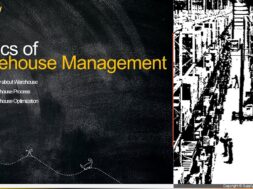
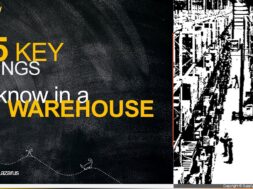



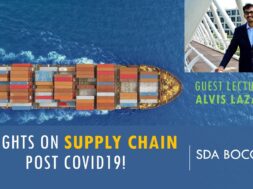


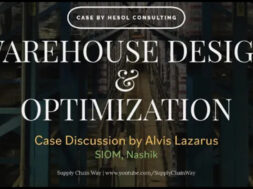



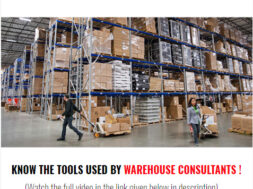





Visit our channel http://www.youtube.com/SupplyChainWay for more videos!
Decent write up. As a heads up, the fashion industry by far is the most volatile & buoyant industry across al streams of manufacturing. If one deep dive, you will see that it has many complexities when putting under the lens of process excellence for the Supply & Value Chain Model.